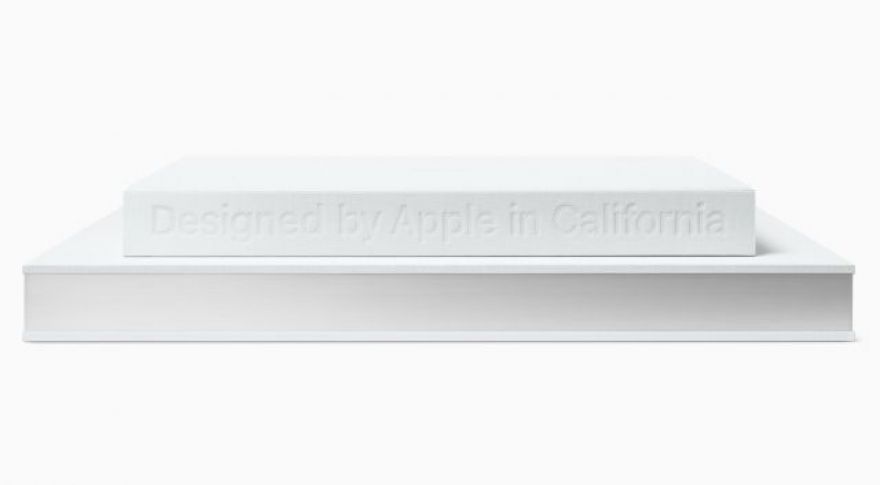
Apple’s new $300 coffee table book contains 450 product photos, little else
Whether you love Apple or hate it, there’s no denying the company’s formidable influence on product design. Over the last 39 years, a number of books have focused on various Apple products and the inspirations behind them, from the influence of 1960s hardware on the iPod, Mac Pro, and iMac, to Steve Jobs’ influence over various aspects of the original Macintosh, as well as Apple’s other products. Apple products fascinate people in a way that hardware from Dell or HP rarely does, even though this isn’t always fair to the designers at the other firms. There’s a wealth of material for Apple to draw from, and the company’s new $300 coffee table book, Designed by Apple in California, ought to be a repository for anecdotes, explanations, and ideas.
Instead, it’s basically “Google Image Search, Apple Hardware Edition.”
Apple, as you might expect, sees it rather differently. According to the company, this book chronicles 20 years of Apple product design “expressed through 450 photographs of past and current Apple products.”
“The idea of genuinely trying to make something great for humanity was Steve’s motivation from the beginning, and it remains both our ideal and our goal as Apple looks to the future,” said Jony Ive, Apple’s chief design officer. “This archive is intended to be a gentle gathering of many of the products the team has designed over the years. We hope it brings some understanding to how and why they exist, while serving as a resource for students of all design disciplines.”
They say a picture is worth a thousand words, so here are some examples of what Ive is talking about:
No discussion, explanation, description, or history. No trade-off analysis or cost comparison. No information on why the designers chose those materials, or deliberately echoed a previous product, or what particularly worked (or particularly didn’t) for any piece of hardware. This is even more frustrating when you consider products like the G4 Cube, which is presented without explanation or consideration. If you aren’t already familiar with the history of Apple, you’re stuck with a picture of a weird-looking machine in a fat plastic housing. There’s no explanation of what Jobs was trying to accomplish, what the Cube’s strengths or weaknesses were, or why the system ultimately failed in the marketplace.
Images can convey vital information, but images alone don’t tell the story of a product. A picture of an iPhone doesn’t tell me anything about what made the first iPhone revolutionary (its touch-first interface, capacitive touchscreen, and large display). Subsequent photos of iPhones in isolation, assuming the book contains them, don’t tell me anything about how the devices evolved or why. What lessons did Apple learn? Where did it succeed, where was it behind the curve?
Back in 2012, wrote stories about how the design of various Braun products in the 1960s influenced Apple’s lead designer, Jony Ive. Compare the image below with the shots above:
Even this comparison of a classic iPod to the Braun T3 radio, released in 1958, tells a much better story than anything we see in Apple’s $300 self-absorbed paean. Juxtaposing the two products shows how elements of one design were incorporated into hardware built over 40 years later. A simple caption “Braun’s T3 radio, released in 1958, inspired the design of Apple’s iconic classic iPod” would put the design in at least a little context. It’s still complete fluff, but at least it’s fluff with a starting point for additional research.
Despite Ive’s claims and Apple’s PR verbiage, this isn’t actually a book intended to teach anyone anything. If this kind of self-absorbed myopia is Apple’s new modus operandi then it’s time for the company’s competitors to start gearing up in earnest. In the past few months, we’ve seen Apple , turn owning a 15-inch laptop into a $2,000+ luxury, continue to ignore its desktop hardware, strip features from its laptops that its professional users relied upon, remove the most useful and ubiquitous product jack on the market, and call its foray into $160 plastic earrings “.” Now, the company thinks you should pay $200 (for the small version) to $300 for the privilege of printing out some images and a few cents worth of glue and leather.